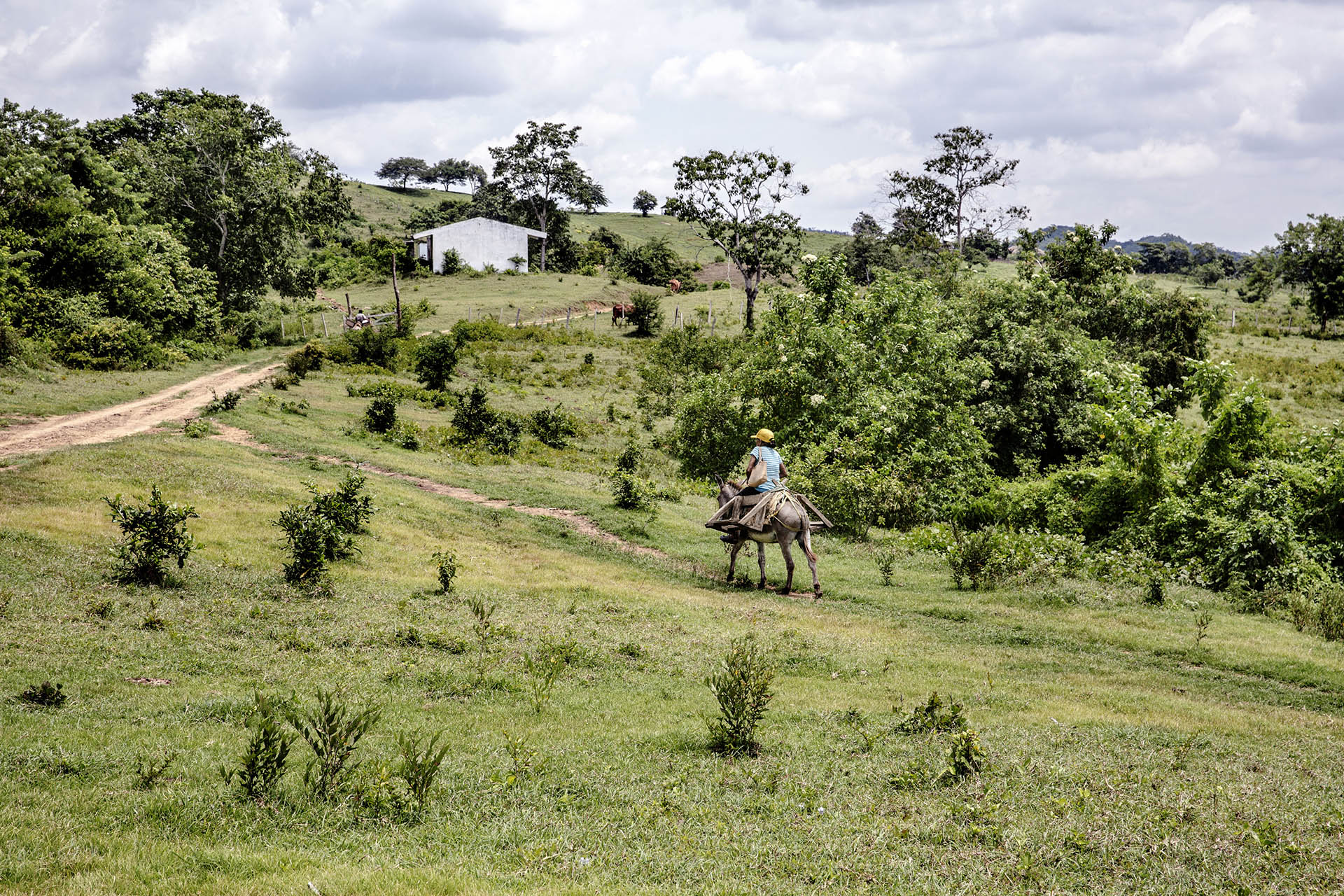Forests sequester carbon, support the livelihoods of 1.7 billion people and act as vital reservoirs for biodiversity. However, as a valuable resource, forests have frequently been the spark that ignites conflict among multiple stakeholders having divergent priorities for the same landscape. When one group — whether inadvertently or deliberately — withholds access to a forest resource or to the decision-making process from another user group, non-violent or violent conflict is more likely. Conflict can also lead to the inequitable distribution of benefits, disputes over land rights and access, and a lack of engagement with the forest management process. It is estimated that between 1970 and 2008, 29 to 56 percent of all civil conflict globally involved natural resources including forests. However, inclusive forest governance arrangements have the potential to contribute to peacebuilding and lasting peace in post-conflict zones.
Forests can also fuel violent conflict. An example of this is UN-REDD Partner Country Liberia, which experienced two civil wars between 1989 and 2009 that were fed by the extraction of resources including diamonds and timber. Following the end of hostilities in 2003, subsequent reforms targeted inclusive forest governance –- particularly community forestry –- as a key requirement to ensure lasting peace. The Liberian Forest Development Authority (FDA) has sought to strengthen forest governance, and is currently working with UN-REDD and FAO-EU FLEGT programmes as well as the Forest Carbon Partnership Facility and Liberia Forest Sector Project to do so. As part of this work, the FDA is launching a National Forest Inventory to better understand and manage national forest resources and ensure its effective regulation to reduce the likelihood of its use for intensifying social conflict in the future.
If forests have been the source of conflict and a factor in their intensification, how can they be used in conflict reduction and peacebuilding?
Environmental peacebuilding is a natural resource governance concept that aims to bring two or more previously adversarial parties together to collaborate over a natural resource in which each party has a stake. This is easier said than done. Most environmental-peacebuilding initiatives have one or more of the following goals: the prevention of resource-related conflicts; the facilitation of transboundary cooperation between conflictual parties; and conditions for sustainable development.
There are many complex pre-conditions for peacebuilding through natural resource cooperation, but crucially all parties must be actively willing to cooperate. The Great Limpopo Transfrontier Park, the Kagera Transfrontier Conservation Area and the Cordillera del Condor Peace Park are some examples of forested landscapes that have been used to meet environmental peacebuilding objectives. The result of the establishment of these protected areas has been transboundary natural resource cooperation and biodiversity conservation with the co-benefit of added carbon sequestration. The arrangements for these parks resulted from lengthy negotiations regarding resource governance.
The creation of peace parks is an environmental peacebuilding initiative that is currently being piloted in another UN-REDD Partner Country: Colombia. This country has been caught up in armed conflict since 1958 and now forests are being used as a pivot point to heal some of the societal wounds through the newly created Bosques de Paz (Forests of Peace) programme. This government-led programme aims to bring communities together for joint forest management activities including restoration, conservation and sustainable use.
The forests under the programme will be a monument to at least 220,000 individuals, 80 percent of which were unarmed civilians, who lost their lives between 1958 and 2012. The forests will also create additional economic opportunities for the households involved in their management through the utilisation and selling of the forest products. Currently, there are five fully funded projects, covering 3,079 ha and 13 municipalities, and eight partially funded projects, covering 4 910 hectares and seven municipalities. These projects benefit more than 200,000 residents and act as a symbol of hope for the peace process.

In Colombia, the UN-REDD Programme has supported the development of the Integrated Strategy to Control Deforestation and Sustainable Forest Management, which was crafted in the context of the peace process and aims to support community forestry as part of the building blocks for a sustainable and lasting peace. This is particularly relevant, as 75 percent of deforestation is concentrated in municipalities under conflict. The programme has also enhanced the capacity of community forest monitoring, specifically with afro-Colombian and indigenous communities in the Choco region. With the ongoing peace process, it is likely that the role of communities, as key partners in forest monitoring and management, will expand. This collaboration and dependence ensures sufficient capacity for forest monitoring for REDD+ and provides a platform for dialogue – a crucial foundation for lasting peace.
The UN-REDD Programme contributes to strengthening the role of forests in the peace process by providing technical input for sustainable management of forests and promoting exchanges between Colombia and other countries – such as Guatamala – that underwent peace processes. REDD+ supports multi-stakeholder engagement and effective benefit sharing, as well as legal and tenure reform: processes that create enabling conditions for environmental-peacebuilding initiatives.
Participatory forest management, which is often crucial for the success of National REDD+ Strategies, provides an opportunity for the REDD+ process to be a catalyst for peacebuilding in regions, countries and communities affected by conflict. By developing a clear understanding of governance, but also societal motivations for and potential triggers of conflict, forests can be catalytic to lasting peace.





